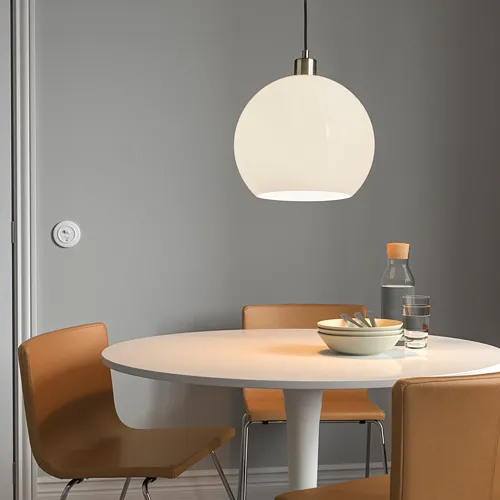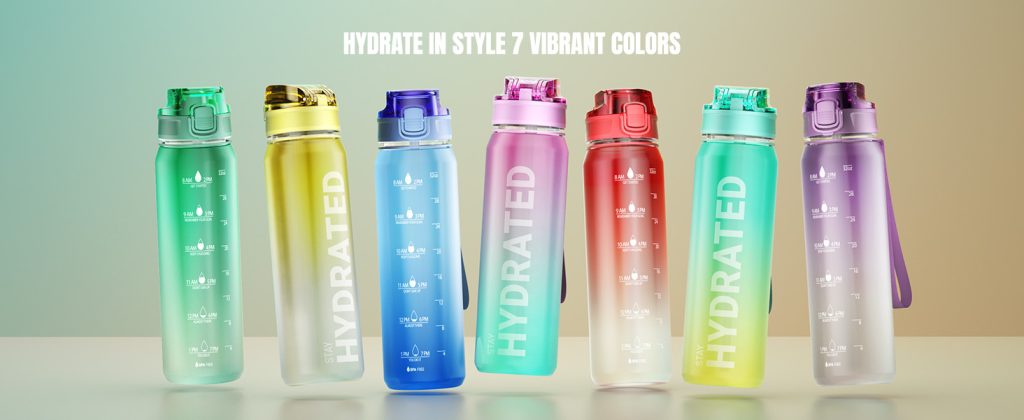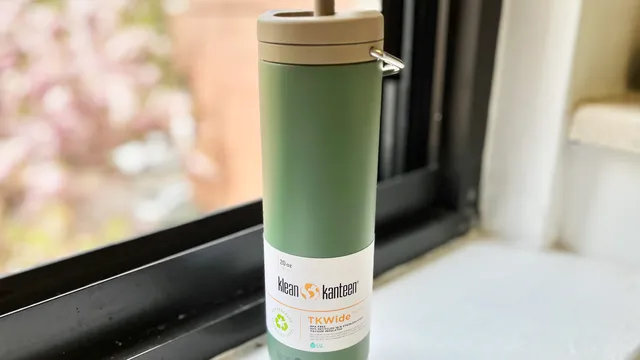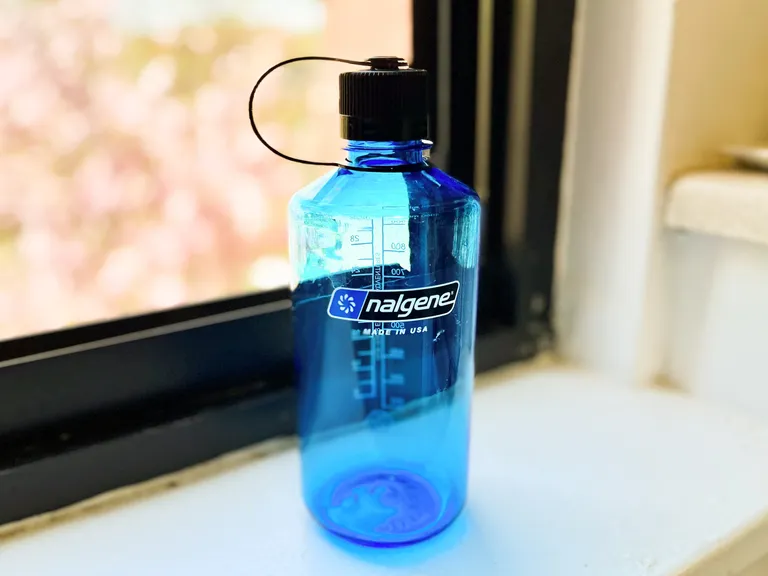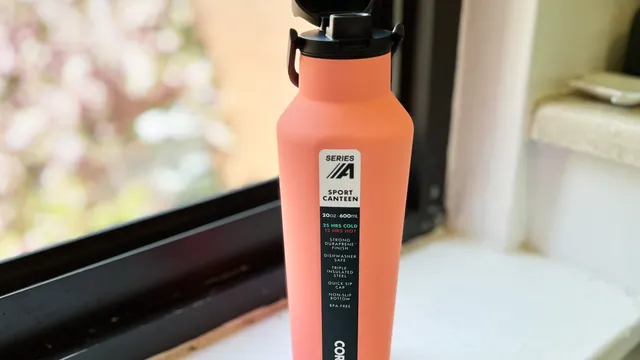How to Develop a Reading Habit: Simple Tips for Consistent Reading
Reading regularly has many benefits, from enhancing your knowledge to improving focus and reducing stress. In this article, we will explore practical strategies to help you develop a sustainable reading habit, whether you’re a beginner or looking to read more consistently.
Why Is Developing a Reading Habit Important?
Reading opens up new worlds, stimulates the mind, and offers valuable life lessons. It not only helps expand your vocabulary and knowledge but also allows you to relax and unwind. Developing a consistent reading habit can improve your cognitive abilities, boost creativity, and foster lifelong learning.
Benefits of Reading Regularly
- Improves mental stimulation and memory.
- Increases knowledge and vocabulary.
- Reduces stress and anxiety.
- Enhances concentration and focus.
- Provides better sleep when reading before bed.
Step 1: Set Achievable Reading Goals
One of the easiest ways to develop a reading habit is to set clear, realistic goals. Start small and gradually increase the amount of reading you do. For example, aim to read one chapter a day or 15 minutes each morning.
Make Your Goals Specific and Measurable
Instead of setting a vague goal like “read more books,” try something like “read 10 pages every day” or “finish reading 2 books this month.” This helps keep you accountable and makes your progress easier to track.
Step 2: Create a Reading Routine
Consistency is key when developing any new habit. Set aside dedicated time for reading each day. Whether it’s during your commute, over lunch, or before bed, find a time that works for you and stick to it.
Incorporate Reading into Daily Life
If you’re struggling to find time for reading, try incorporating it into activities you already do. Listen to audiobooks while driving or exercising, or read a few pages while waiting for appointments.
Step 3: Choose Books That Excite You
One of the best ways to stay motivated is to read books that genuinely interest you. Explore different genres, authors, or topics that you’re curious about. When you’re excited about what you’re reading, you’re more likely to stick with it.
Start with Shorter Books or Easy Reads
If you’re new to reading or haven’t read for a while, start with shorter books or lighter reads. This will help build momentum and make it easier to develop the habit without feeling overwhelmed.
Step 4: Minimize Distractions While Reading
To fully immerse yourself in your book, minimize distractions. Find a quiet spot, turn off notifications, and try to create a peaceful environment. The less distracted you are, the more you’ll enjoy your reading time.
Conclusion: Make Reading a Lifelong Habit
Developing a reading habit takes time and consistency, but the rewards are well worth the effort. By setting clear goals, creating a reading routine, and choosing books that excite you, you can make reading a regular part of your life. Start small, stay consistent, and enjoy the many benefits that reading brings!

